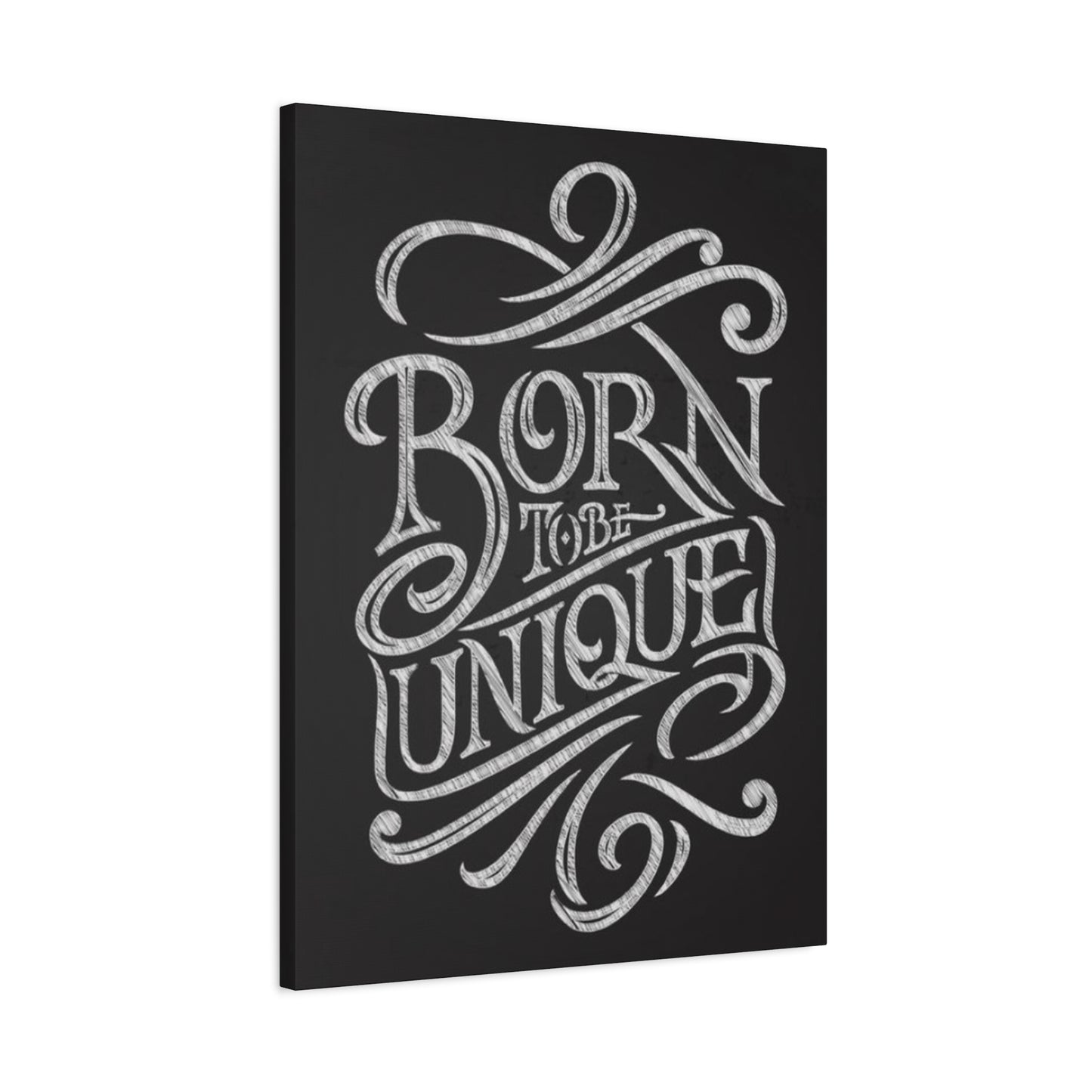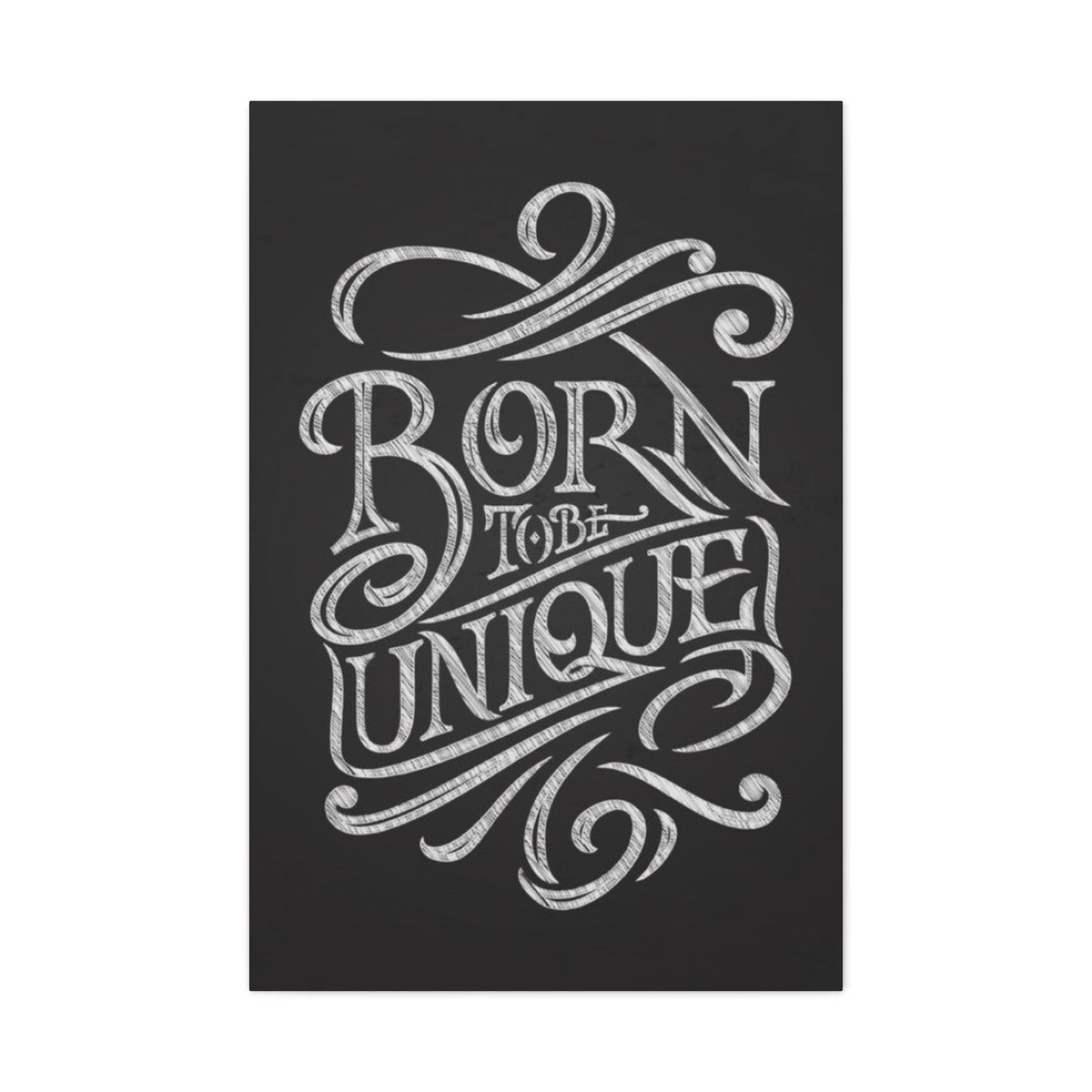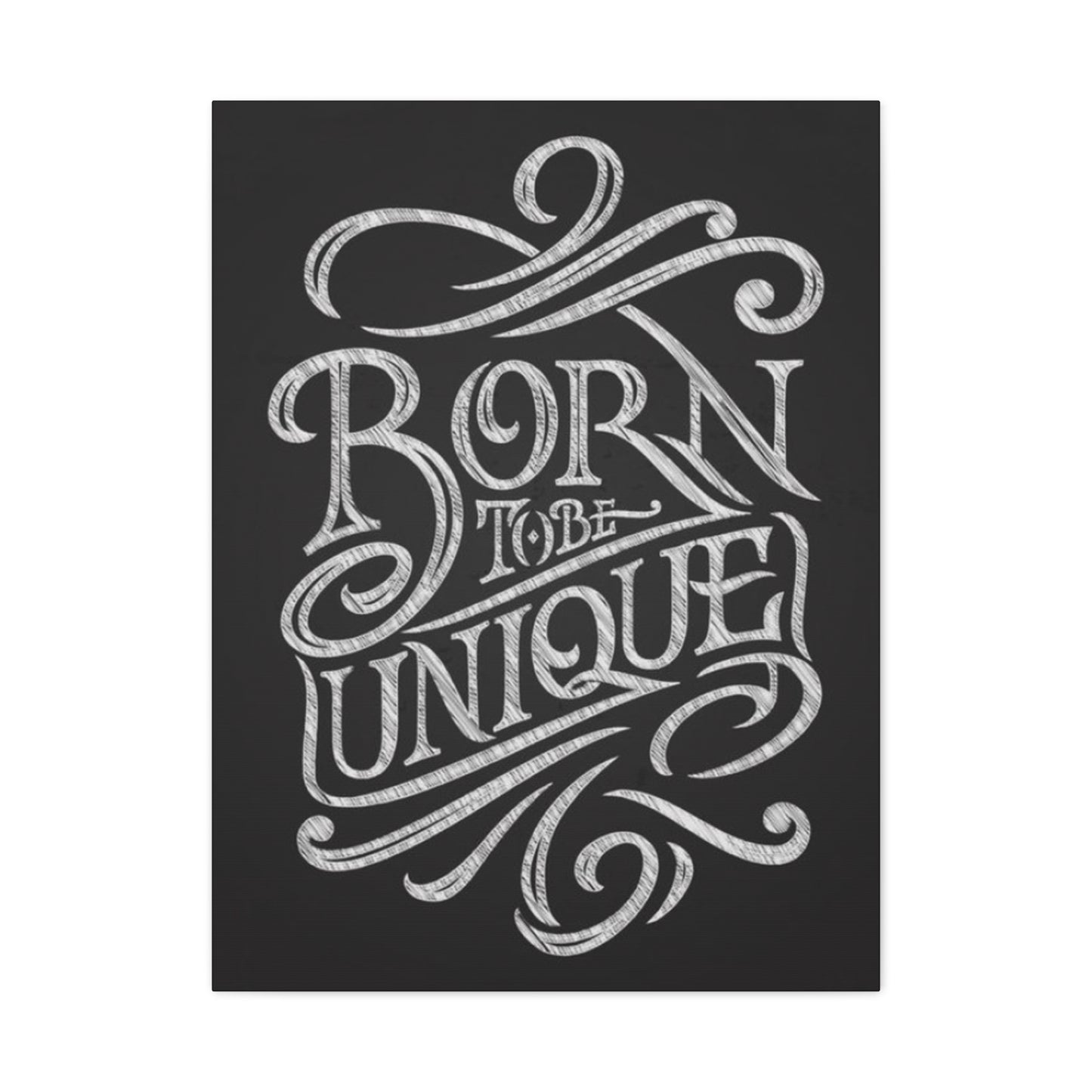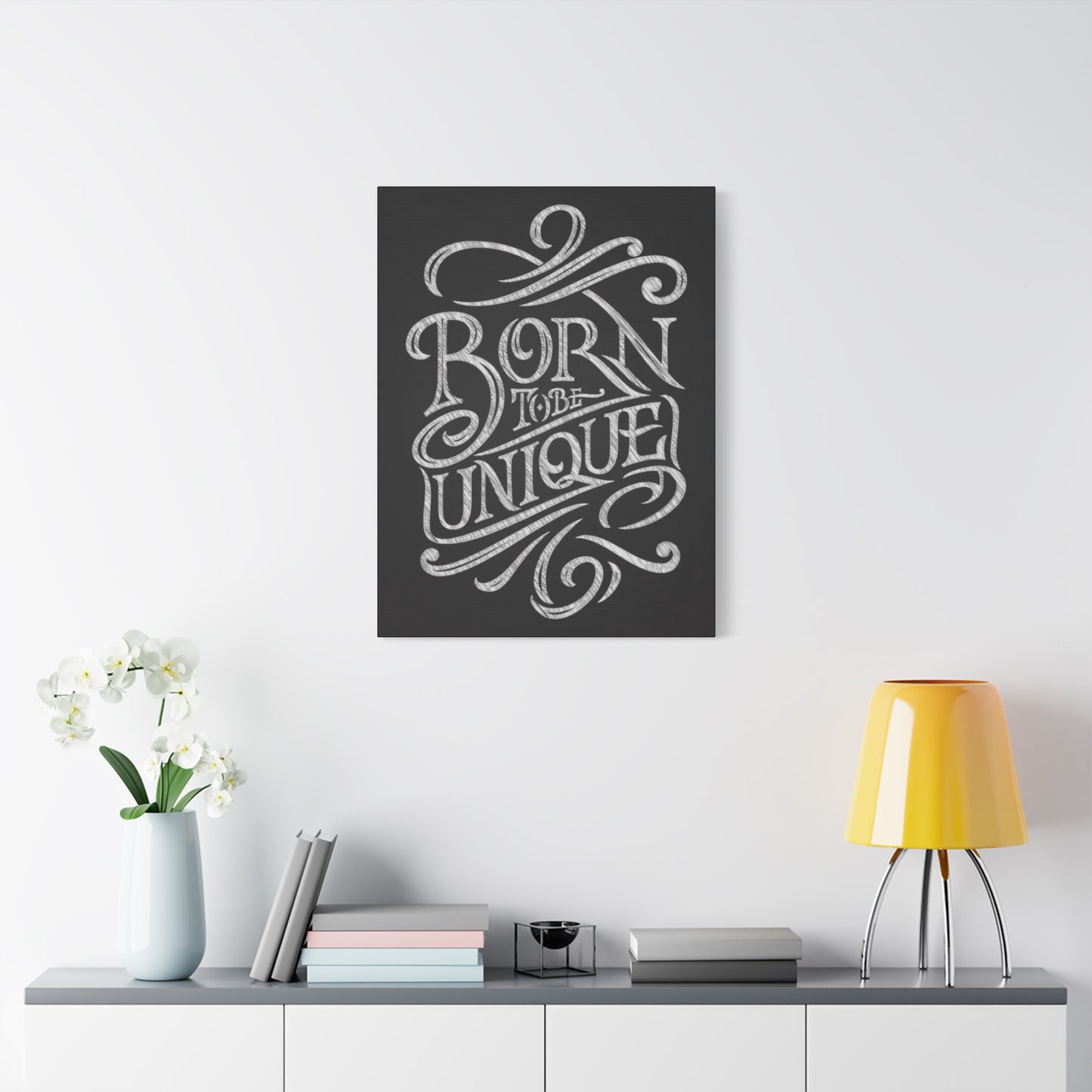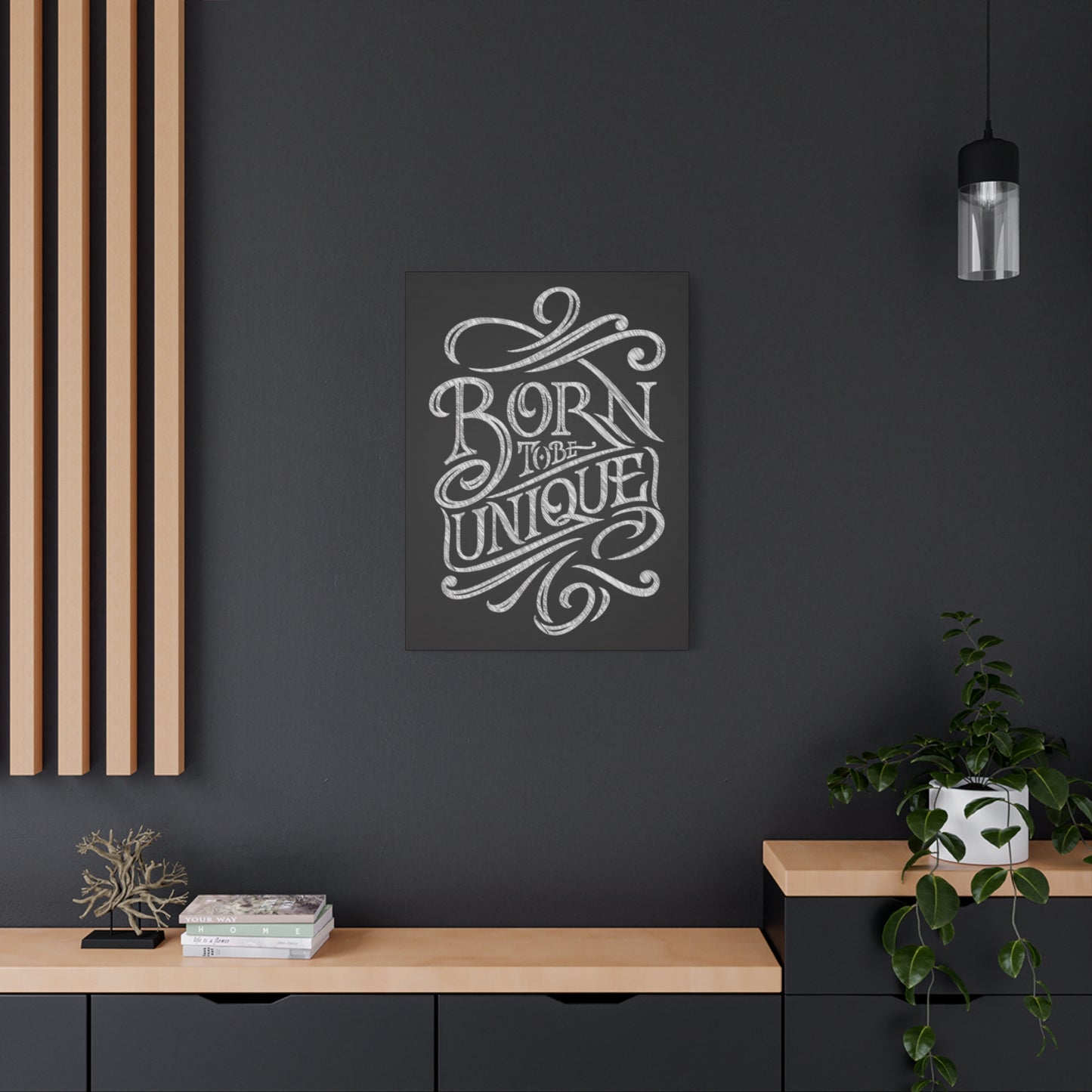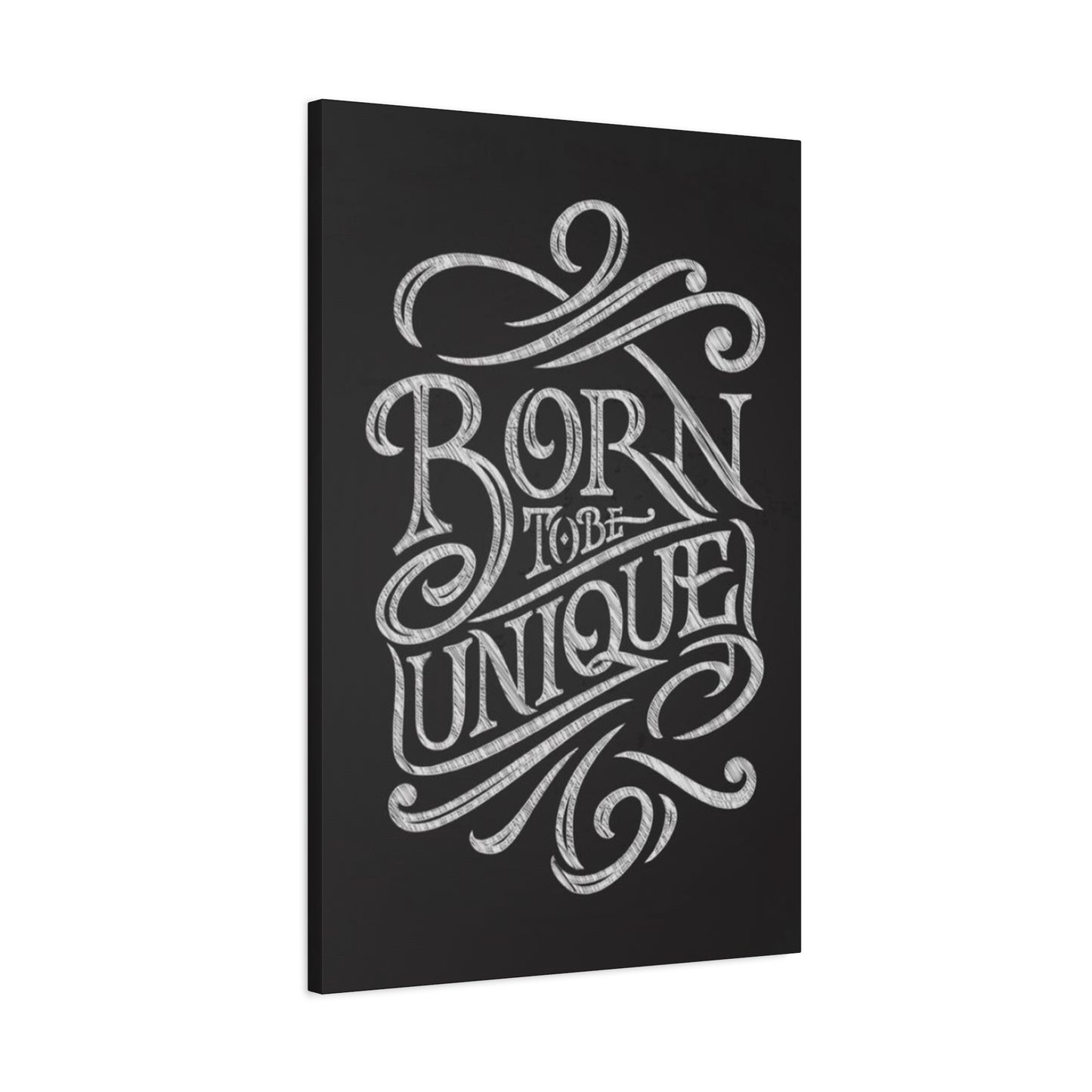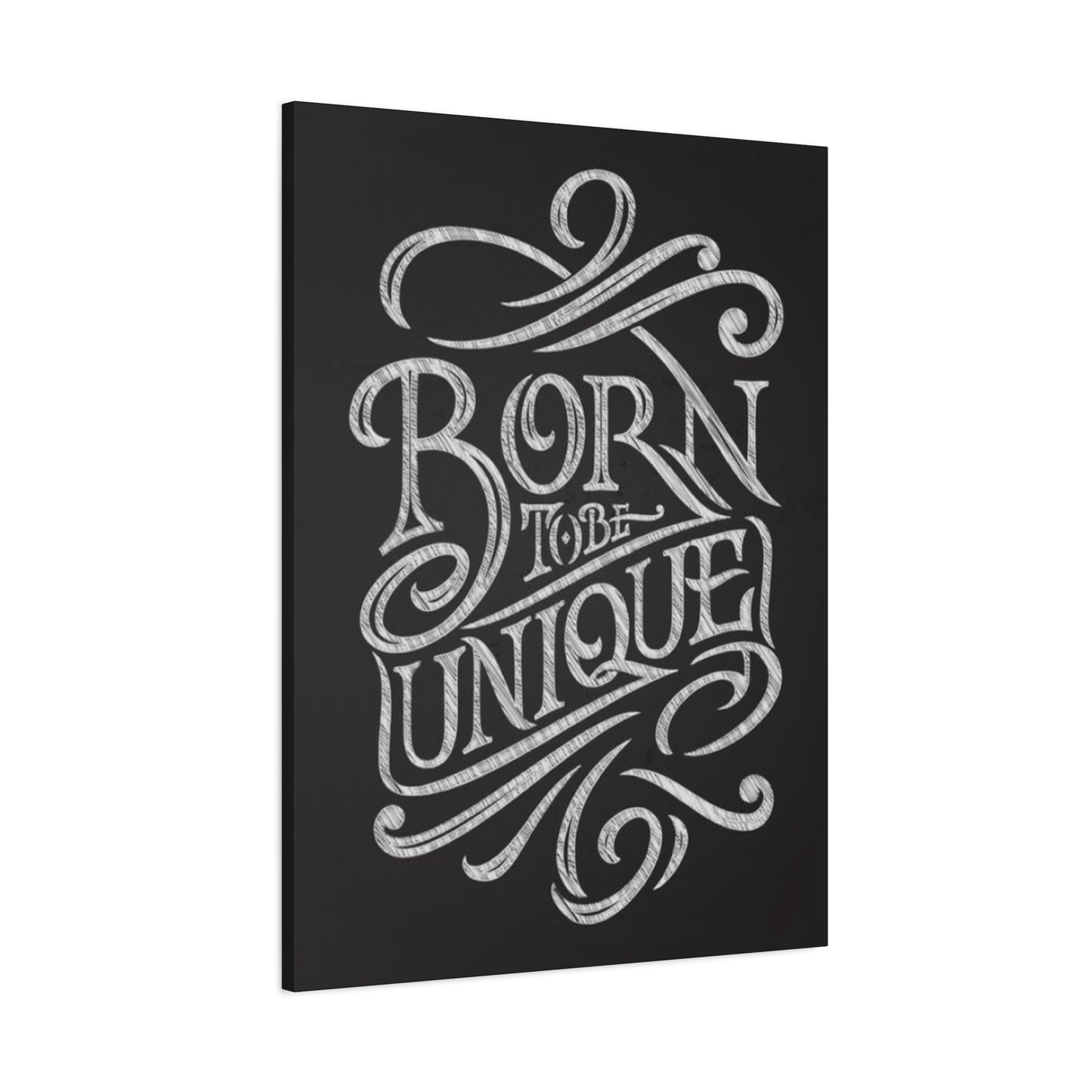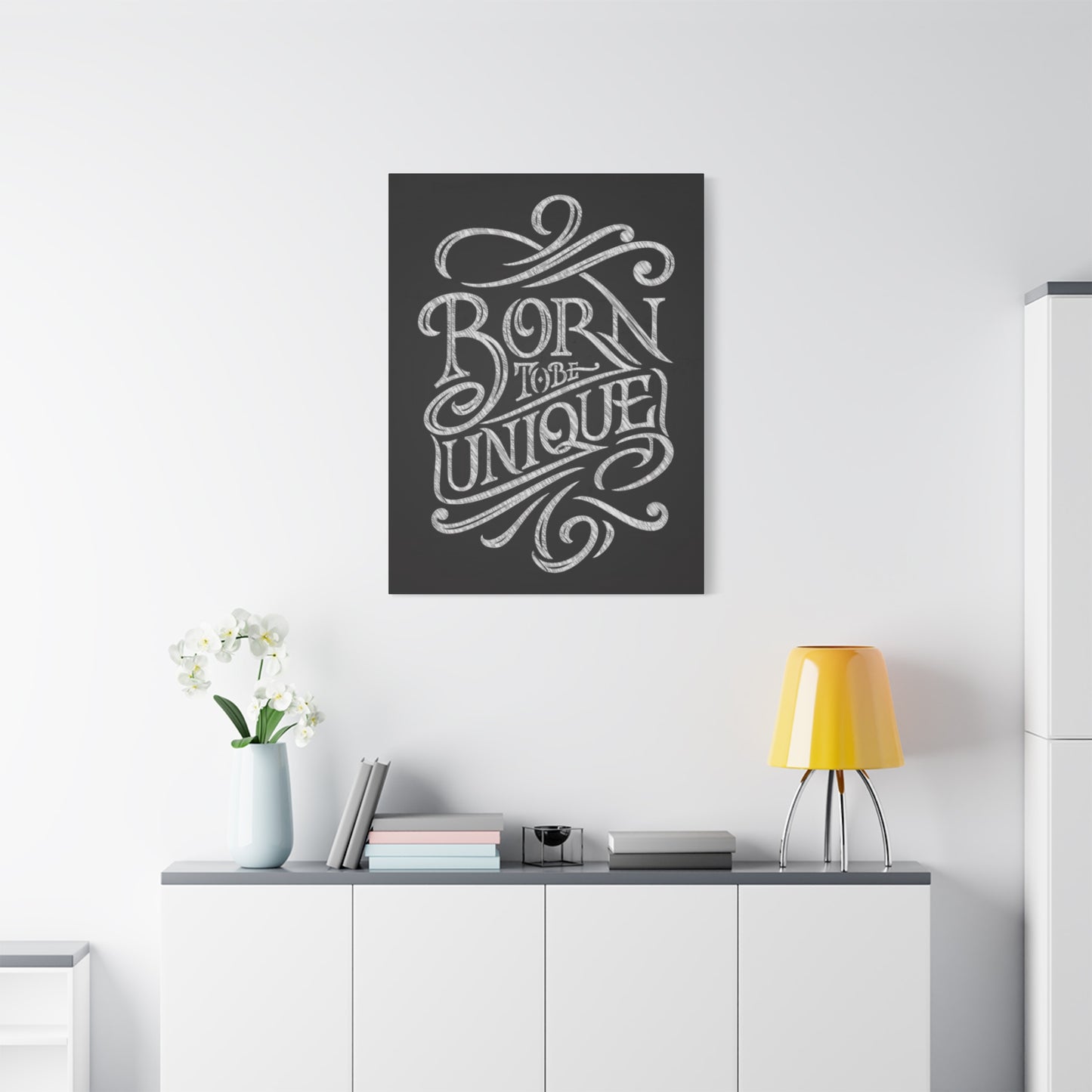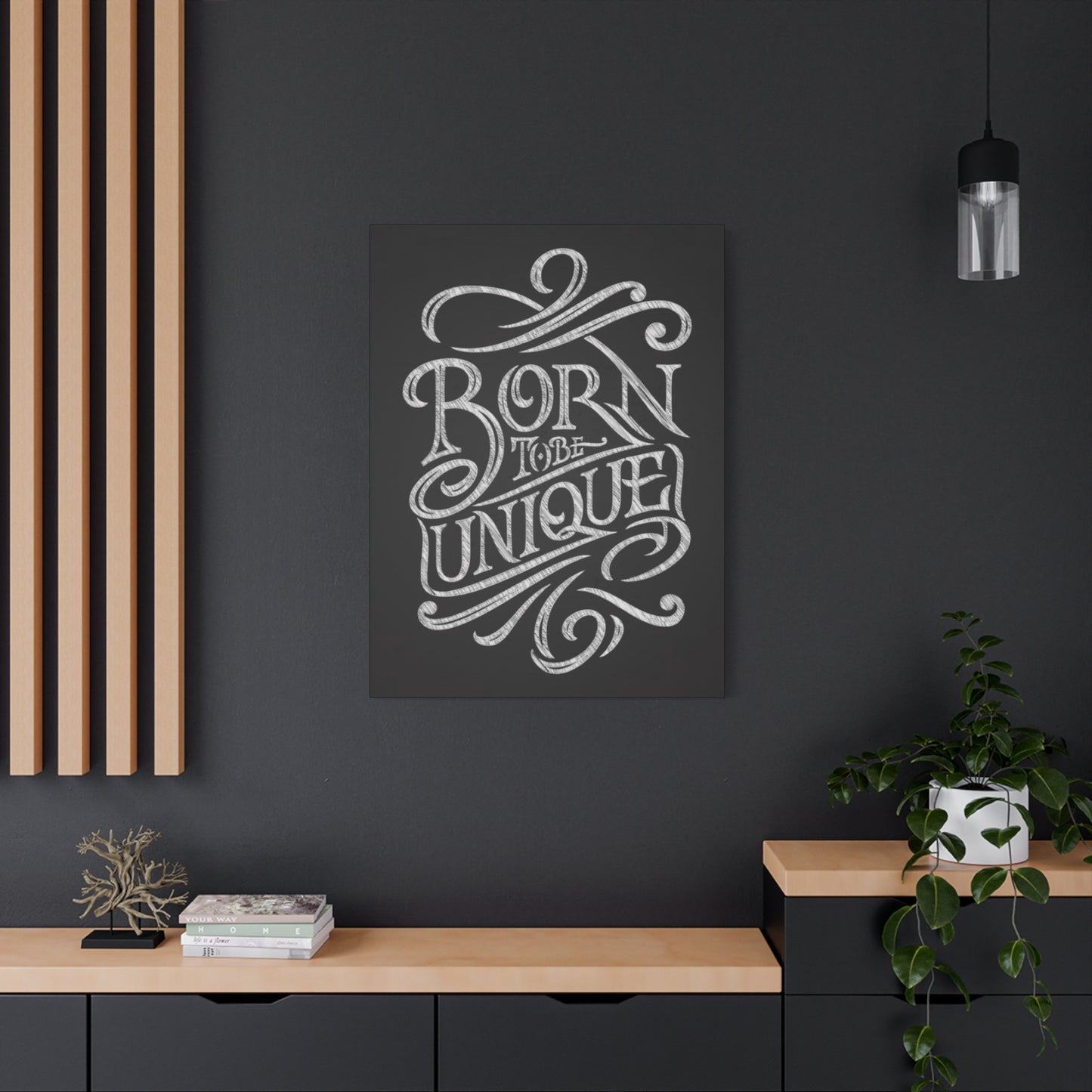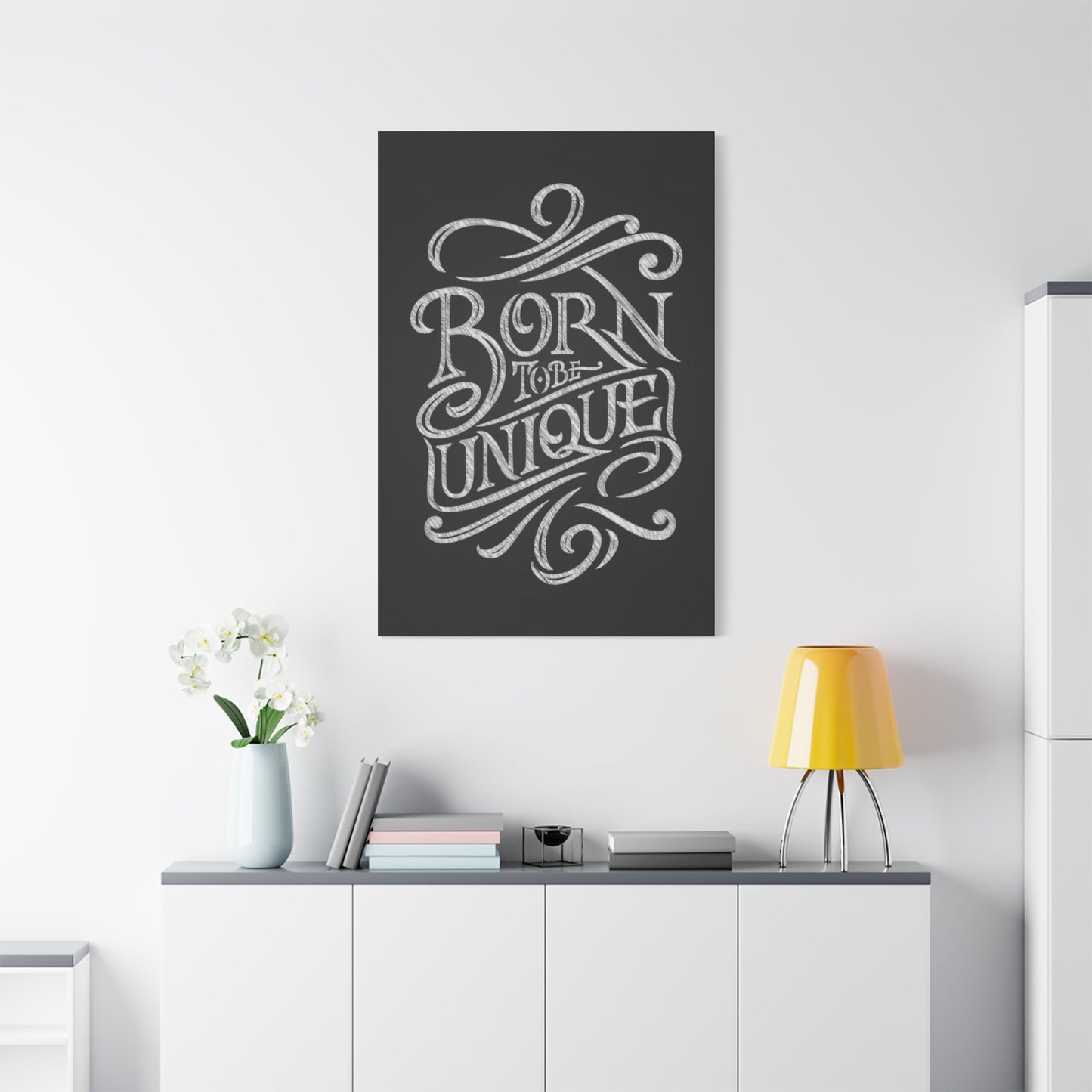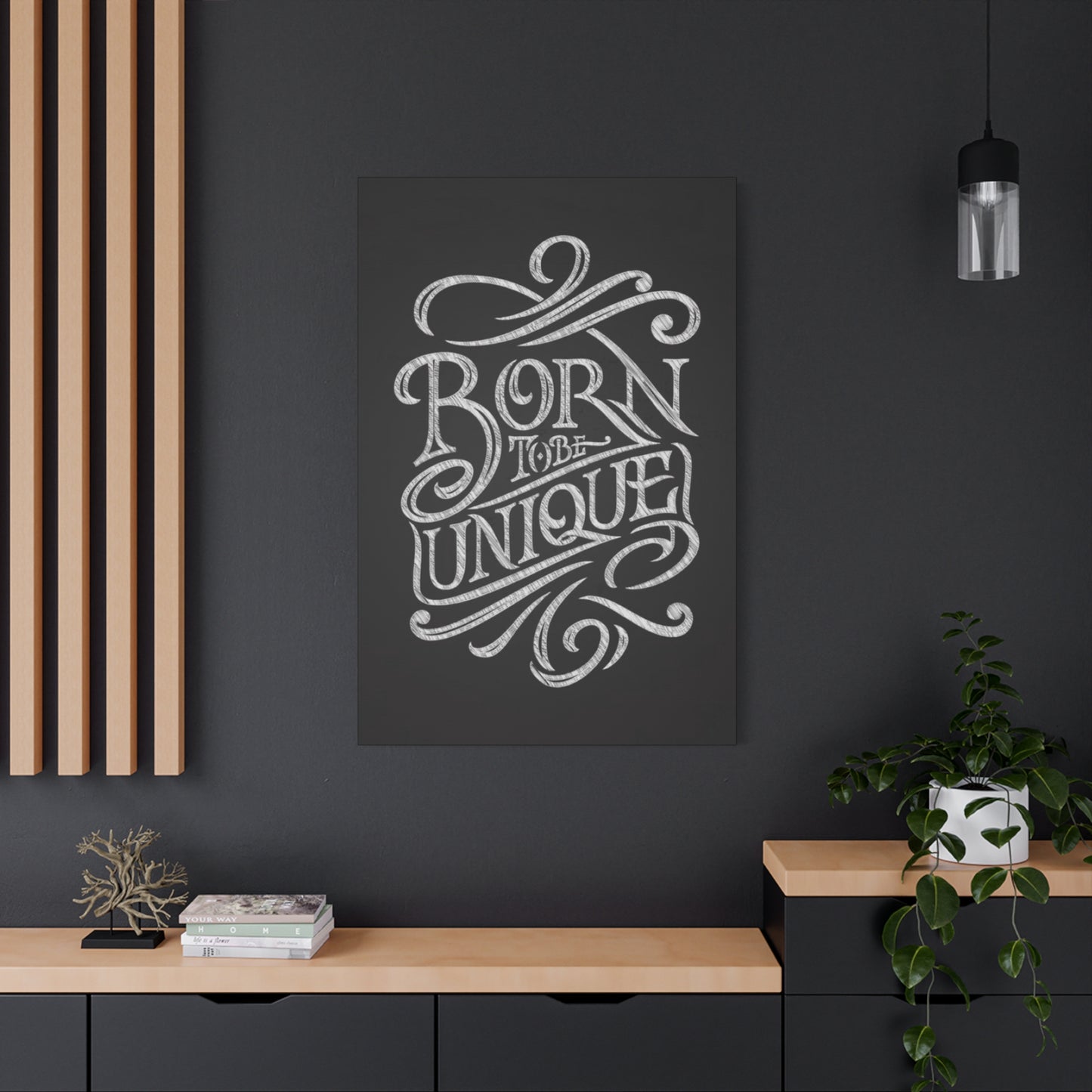Affordable Chalkboard Wall Art Solutions for Renters and Homeowners
Chalkboard wall art has emerged as one of the most versatile and engaging design elements in contemporary interior decoration. This timeless medium combines functionality with aesthetic appeal, offering endless possibilities for creative expression while serving practical purposes in homes, offices, and commercial spaces. The beauty of chalkboard surfaces lies in their ability to transform any wall into a dynamic canvas that can be updated, modified, and personalized according to changing needs and preferences.
The resurgence of chalkboard wall art in modern design reflects our collective desire for interactive and customizable living spaces. Unlike traditional static wall decorations, chalkboard surfaces invite participation and creativity from everyone who encounters them. Whether used for artistic expression, organizational purposes, or educational activities, these surfaces create engaging environments that evolve with their users.
Why Chalkboard Surfaces Excel in Creative Environments
Creative spaces thrive on flexibility and inspiration, making chalkboard wall art an ideal choice for artists, designers, writers, and other creative professionals. These surfaces provide an immediate outlet for brainstorming, sketching concepts, and visualizing ideas without the constraints of paper size or the permanence of traditional wall decorations.
The tactile experience of working with chalk creates a unique connection between the creator and their work. The slight resistance of chalk against the board surface, combined with the ability to easily erase and start fresh, encourages experimentation and risk-taking in creative endeavors. This freedom from perfection allows artists and designers to explore concepts more freely, leading to breakthrough moments and innovative solutions.
Professional studios and creative workspaces often incorporate large chalkboard walls to facilitate collaborative sessions. Team members can gather around these surfaces to share ideas, build upon each other's concepts, and create visual representations of complex projects. The communal aspect of working on a chalkboard surface breaks down barriers between team members and encourages open communication and idea sharing.
The versatility of chalkboard surfaces makes them suitable for various creative applications. Graphic designers can use them to sketch layouts and typography concepts before moving to digital platforms. Architects can draft preliminary building sketches and spatial relationships. Writers can map out story structures, character relationships, and plot developments. The possibilities are limitless when creativity meets the blank slate of a chalkboard surface.
Color coding becomes particularly effective on chalkboard surfaces when using colored chalk or chalk markers. Different colors can represent various project phases, priority levels, or team members, creating visual organization systems that enhance productivity and communication. This color-coding system proves invaluable in complex creative projects where multiple elements must be tracked and coordinated.
The inspiring nature of chalkboard wall art extends beyond functional applications. Creative individuals often find motivation in the ability to surround themselves with evolving visual elements that reflect their current projects, goals, and inspirations. Quotes, sketches, color palettes, and concept boards can all coexist on the same surface, creating a personalized creative environment that supports and nurtures artistic endeavors.
Maintenance of chalkboard surfaces in creative spaces requires minimal effort while providing maximum impact. Regular cleaning with appropriate products keeps the surface ready for new ideas, and the ability to completely transform the appearance of a wall in minutes makes these surfaces incredibly appealing to creative professionals who value both efficiency and aesthetic impact.
Incorporating Chalkboard Elements in Kitchen and Office Settings
Kitchens and offices represent two distinct environments where chalkboard wall art serves both decorative and functional purposes. In kitchen settings, chalkboard surfaces excel as menu planning tools, grocery list organizers, and recipe display areas. The ability to quickly update meal plans, note special dietary requirements, or jot down cooking reminders makes chalkboard surfaces invaluable in busy household kitchens.
Modern kitchen designs increasingly incorporate chalkboard elements as backsplashes or accent walls. These installations combine the practical benefits of easy-to-clean surfaces with the charm of handwritten menu boards reminiscent of European cafés and bistros. Homeowners can display daily specials, weekly meal plans, or inspirational cooking quotes while maintaining the ability to update content as needed.
Office environments benefit from chalkboard installations in conference rooms, collaborative workspaces, and individual offices. Project timelines, meeting agendas, and brainstorming sessions all become more engaging when conducted on chalkboard surfaces. The immediacy of chalk writing encourages spontaneous idea capture and real-time problem-solving during meetings and work sessions.
Task management becomes more visual and engaging when displayed on chalkboard surfaces in office settings. Traditional whiteboards often feel clinical and impersonal, while chalkboard surfaces add warmth and character to professional environments. Team members are more likely to engage with information presented on attractive chalkboard displays rather than sterile digital screens or printed materials.
The psychological impact of handwritten information on chalkboard surfaces should not be underestimated. Research indicates that handwritten text creates stronger memory associations and emotional connections than typed or printed materials. This characteristic makes chalkboard displays particularly effective for important announcements, motivational messages, and key project information that needs to be remembered and acted upon.
Kitchen chalkboard installations can extend beyond simple list-making to include artistic elements such as seasonal decorations, family calendars, and inspirational cooking quotes. The combination of functional and decorative elements creates kitchen environments that feel both organized and welcoming. Children particularly enjoy participating in kitchen chalkboard activities, making meal planning and grocery shopping more engaging family activities.
Office chalkboard implementations benefit from strategic placement in high-visibility areas where information needs to be shared among team members. Reception areas, break rooms, and collaborative workspaces all provide excellent opportunities for chalkboard installations that serve both informational and aesthetic purposes. The visual appeal of well-designed chalkboard displays can enhance the overall office atmosphere while providing practical communication tools.
Temperature and humidity considerations become important when installing chalkboard surfaces in kitchens and offices. Kitchen environments with high heat and moisture levels require special attention to surface preparation and sealing to ensure longevity. Office installations typically face fewer environmental challenges but may require consideration of lighting conditions and viewing angles to maximize effectiveness.
Simple DIY Projects for Chalkboard Wall Creation
Creating chalkboard wall art through do-it-yourself projects offers beginners an affordable and rewarding introduction to this versatile medium. The basic process of transforming any smooth surface into a functional chalkboard requires minimal materials and skills while providing maximum creative satisfaction. Understanding the fundamentals of surface preparation, product selection, and application techniques ensures successful results for novice decorators.
Surface preparation forms the foundation of successful chalkboard installations. Existing painted walls require thorough cleaning and light sanding to create optimal adhesion for chalkboard paint. Imperfections such as nail holes, cracks, or uneven textures should be filled and smoothed before beginning the chalkboard application process. The time invested in proper preparation directly impacts the quality and durability of the finished surface.
Chalkboard paint selection involves choosing between water-based and oil-based formulations, each offering distinct advantages and considerations. Water-based chalkboard paints provide easier cleanup, faster drying times, and lower odor levels, making them ideal for interior applications where ventilation may be limited. Oil-based formulations offer superior durability and smoother writing surfaces but require additional ventilation and longer drying times.
Application techniques for chalkboard paint involve multiple thin coats rather than single thick applications. This approach ensures even coverage, prevents drips and runs, and creates the smooth surface necessary for optimal chalk adhesion and erasure. Rolling techniques using high-quality foam rollers produce superior results compared to brush application, which can leave visible texture marks that interfere with writing quality.
Curing time for chalkboard surfaces extends beyond the initial drying period specified on paint containers. Most chalkboard surfaces require several days to fully cure before first use, and the initial seasoning process involves rubbing the entire surface with the side of white chalk before erasing. This seasoning process prevents future chalk marks from becoming permanently embedded in the surface.
Creative shapes and designs can transform basic chalkboard installations into unique decorative elements. Using painter's tape to create geometric patterns, frames, or borders adds visual interest while maintaining the functional writing surface. Stencils can create decorative elements around chalkboard areas, and combining chalkboard paint with magnetic paint creates dual-purpose surfaces that hold papers and decorative elements.
Tool selection for DIY chalkboard projects extends beyond paint and rollers to include specialized items such as chalk markers, erasers, and cleaning supplies. Traditional chalk creates the classic aesthetic but can be dusty and may not erase completely. Chalk markers provide vibrant colors and clean lines without dust but may require specific cleaning products for complete removal.
Budget considerations for DIY chalkboard projects vary depending on surface size, paint quality, and additional decorative elements. Basic chalkboard paint costs significantly less than professional installation, and the skills developed during DIY projects can be applied to future home improvement endeavors. The satisfaction of creating functional art pieces adds intangible value that extends far beyond monetary considerations.
Troubleshooting common DIY chalkboard issues helps beginners overcome challenges and achieve professional-looking results. Streaky coverage typically results from insufficient mixing or attempting to cover too large an area too quickly. Poor erasure characteristics often indicate inadequate surface preparation or premature use before full curing. Understanding these potential issues helps DIY enthusiasts avoid common pitfalls and achieve satisfying results.
Combining Chalkboard Elements with Existing Wall Decorations
Successfully integrating chalkboard wall art with existing decorative elements requires thoughtful planning and design coordination to create cohesive and visually appealing spaces. The key to successful integration lies in understanding how chalkboard surfaces interact with surrounding colors, textures, and architectural features while maintaining the functionality and appeal of both new and existing elements.
Color harmony plays a crucial role when incorporating chalkboard surfaces into established decorating schemes. Traditional black chalkboard surfaces pair beautifully with white, cream, and neutral color palettes, creating classic contrasts that enhance both elements. However, colored chalkboard paints in green, blue, or gray tones can complement existing color schemes more seamlessly while maintaining the functional benefits of writable surfaces.
Scale relationships between chalkboard installations and surrounding decorative elements require careful consideration to achieve balanced compositions. Large chalkboard walls can overwhelm smaller decorative pieces, while tiny chalkboard areas may appear insignificant next to substantial artwork or furniture pieces. Creating visual weight balance ensures that all elements contribute to the overall design without competing for attention.
Framing techniques can help integrate chalkboard surfaces with existing artwork and decorative elements. Adding decorative molding or trim around chalkboard areas creates defined boundaries that relate to other framed elements in the space. This approach allows chalkboard surfaces to function as changeable artwork within established gallery wall arrangements or decorative vignettes.
Texture combinations create visual interest when chalkboard surfaces are paired with complementary materials and finishes. Smooth chalkboard surfaces contrast beautifully with rough textures such as exposed brick, natural wood, or woven fabrics. These textural relationships add depth and complexity to interior designs while highlighting the unique characteristics of each material.
Lighting considerations become particularly important when integrating chalkboard surfaces with existing decorative schemes. Proper illumination ensures that chalkboard content remains legible while enhancing the overall ambiance of the space. Strategic placement of accent lighting can highlight chalkboard areas while creating dramatic shadows and highlights that enhance the overall decorative impact.
Seasonal adaptability allows chalkboard installations to complement changing decorative themes throughout the year. While permanent decorative elements remain constant, chalkboard content can be updated to reflect seasonal colors, themes, and celebrations. This flexibility makes chalkboard surfaces valuable additions to spaces where decorative themes change regularly.
Furniture placement around chalkboard installations affects both functionality and aesthetic integration. Ensuring adequate clearance for comfortable use while maintaining traffic flow requires careful space planning. Additionally, furniture pieces can be selected or arranged to complement chalkboard installations, creating unified decorative vignettes that serve multiple purposes.
Architectural features such as built-in shelving, columns, or alcoves provide natural frameworks for chalkboard installations that integrate seamlessly with existing structures. These installations appear intentional and permanent rather than afterthoughts, enhancing the overall design cohesion while providing valuable functional benefits.
Material coordination between chalkboard frames or surrounds and existing hardware, fixtures, or furniture finishes creates visual connections that unify diverse decorative elements. Matching or complementary metal finishes, wood tones, or painted surfaces help chalkboard installations feel like intentional design decisions rather than random additions to established decorating schemes.
Designing Child-Friendly Chalkboard Spaces for Play and Learning
Children's rooms and play areas benefit tremendously from chalkboard wall installations that encourage creativity, learning, and self-expression in safe and engaging environments. Unlike adult-focused chalkboard applications, child-oriented installations require special consideration for safety, accessibility, height requirements, and durability to withstand enthusiastic use by young artists and learners.
Height considerations for children's chalkboard installations ensure comfortable access for users of different ages and sizes. Installing chalkboard surfaces at child-appropriate heights, typically beginning 18-24 inches from the floor and extending upward based on the age range of intended users, creates comfortable working surfaces that encourage regular use. Graduated height installations can accommodate multiple children simultaneously while allowing for growth over time.
Safety features become paramount when designing chalkboard spaces for children. Rounded corners on chalkboard frames prevent injuries during active play, while non-toxic chalkboard paints and chalk products protect children who may inadvertently ingest small amounts during use. Easy-to-clean surfaces around chalkboard areas help maintain hygiene standards in spaces where children spend significant time.
Educational integration transforms chalkboard surfaces into valuable learning tools that support various developmental goals. Alphabet and number grids, world maps, and educational charts can be incorporated into chalkboard designs to create immersive learning environments. The interactive nature of chalkboard surfaces allows children to practice writing, drawing, and problem-solving skills while engaging with educational content.
Creative freedom flourishes when children have access to large chalkboard surfaces without concerns about mess or permanence. The ability to create, erase, and recreate encourages experimentation and artistic exploration that might be restricted with paper-based art activities. This freedom from perfection allows children to develop confidence in their creative abilities while learning through trial and error.
Organization systems designed for children's chalkboard areas help maintain order while teaching responsibility and planning skills. Designated storage for chalk, erasers, and cleaning supplies within easy reach of the chalkboard surface encourages children to take ownership of their creative space. Simple organization systems with picture labels help young children maintain their art areas independently.
Collaborative elements in children's chalkboard installations promote social skills and cooperative learning experiences. Large surfaces that accommodate multiple users simultaneously encourage sharing, turn-taking, and collaborative project development. Group art projects and games become possible when adequate space is provided for multiple participants.
Durability considerations for children's chalkboard installations require selecting materials and finishes that can withstand heavy use and occasional abuse. High-quality chalkboard paints and protective finishes ensure that surfaces remain functional and attractive despite enthusiastic use. Easy-to-clean surfaces around chalkboard areas help maintain attractive spaces even with messy young artists.
Theme integration allows chalkboard installations to complement existing room decorations and themes. Space-themed rooms might incorporate constellation maps on chalkboard surfaces, while garden-themed spaces could include plant identification charts. This thematic coordination creates cohesive environments that support imaginative play while providing educational opportunities.
Accessibility features ensure that children with different physical abilities can enjoy chalkboard activities. Lower sections for wheelchair users, easy-grip chalk holders for children with fine motor challenges, and clear sight lines for all users create inclusive environments where every child can participate in creative activities.
Transitional design elements allow children's chalkboard installations to evolve as children grow and interests change. Modular systems, adjustable components, and adaptable layouts ensure that investments in chalkboard installations continue to provide value as children develop new skills and interests over time.
Advantages of Interactive and Modifiable Wall Decorations
Interactive and modifiable wall decorations offer unprecedented flexibility and engagement compared to traditional static artwork, creating dynamic environments that evolve with their users' needs, preferences, and circumstances. Chalkboard wall art represents the pinnacle of this interactive approach, providing surfaces that invite participation while serving multiple functional and aesthetic purposes.
Psychological benefits of interactive wall decorations include increased sense of ownership and personal connection to living and working spaces. When individuals can modify and personalize their environments, they develop stronger emotional attachments to these spaces, leading to improved satisfaction, productivity, and overall well-being. The ability to make immediate changes without major renovations or expense provides a sense of control that enhances comfort levels.
Economic advantages of modifiable wall decorations become apparent over time as spaces can be refreshed and updated without purchasing new artwork or hiring professional decorators. A single chalkboard installation can serve as a menu board, art gallery, message center, and organizational tool throughout its lifetime, providing value that far exceeds the initial investment. The longevity of quality chalkboard installations makes them cost-effective alternatives to frequently replaced decorative elements.
Social interaction increases significantly in spaces featuring interactive wall decorations. Chalkboard surfaces naturally draw people together as they share ideas, collaborate on projects, and engage with displayed content. These social interactions strengthen relationships, improve communication, and create memorable shared experiences that enhance the overall value of the space.
Creative stimulation occurs naturally when individuals have access to blank surfaces ready for immediate artistic expression. The low barrier to entry for chalkboard art encourages spontaneous creativity and experimentation that might not occur with more complex art mediums. This accessibility to creative outlets provides mental health benefits and stress relief while developing artistic skills and confidence.
Functional versatility allows interactive wall decorations to serve multiple purposes within the same space. A chalkboard surface might function as a menu board during dinner preparations, a homework area for children, a message center for family communications, and an artistic canvas for creative expression. This multi-functionality maximizes the utility of wall space while providing flexibility for changing needs.
Educational opportunities abound with interactive wall decorations that encourage learning through hands-on experience. Children and adults alike benefit from the ability to visualize concepts, practice skills, and explore ideas on large, accessible surfaces. The kinesthetic learning aspects of working with chalk and erasable surfaces enhance comprehension and retention compared to passive learning methods.
Maintenance simplicity of quality chalkboard installations provides long-term satisfaction without burdensome upkeep requirements. Regular cleaning with appropriate products maintains surface quality while the ability to completely change appearance through erasing provides instant refreshing without additional costs or labor. This low-maintenance characteristic makes interactive wall decorations practical choices for busy individuals and families.
Environmental benefits of reusable wall decorations include reduced waste from disposable decorative materials and decreased consumption of paper-based art supplies. The longevity and reusability of chalkboard surfaces align with sustainable living practices while providing superior functionality compared to single-use alternatives.
Therapeutic aspects of interactive wall decorations provide stress relief and emotional outlets through creative expression. The meditative qualities of chalk work, combined with the satisfaction of creating something beautiful and functional, offer mental health benefits that extend beyond mere decoration. These therapeutic qualities make interactive wall decorations valuable additions to homes, offices, and therapeutic environments.
Customization possibilities with interactive wall decorations ensure that each installation reflects the unique personality and needs of its users. Unlike mass-produced artwork, chalkboard surfaces can be personalized to reflect individual interests, family values, cultural backgrounds, and aesthetic preferences. This customization creates truly unique spaces that cannot be replicated elsewhere.
Contemporary Styling Approaches for Chalkboard Installations
Modern interior design embraces chalkboard wall art as a sophisticated element that can enhance contemporary aesthetics while providing practical functionality. The key to successfully incorporating chalkboard surfaces into modern homes lies in understanding current design trends, color palettes, and styling principles that create cohesive and visually appealing spaces.
Minimalist approaches to chalkboard styling focus on clean lines, uncluttered compositions, and strategic use of negative space to create sophisticated installations that complement modern design sensibilities. Rather than filling entire chalkboard surfaces with content, minimalist styling emphasizes selective placement of text, graphics, or artistic elements that create maximum impact with minimal visual complexity.
Color coordination in modern chalkboard installations moves beyond traditional black surfaces to include contemporary alternatives such as charcoal gray, deep green, navy blue, or even custom colors that complement specific interior color schemes. These alternative colors provide the same functionality as traditional black chalkboards while offering better integration with modern decorative palettes.
Typography considerations become crucial when creating modern chalkboard displays that reflect contemporary design principles. Clean, sans-serif lettering styles align with modern aesthetic preferences while maintaining legibility and visual appeal. Hand-lettering techniques that incorporate modern calligraphy trends can create stunning displays that serve as focal points in contemporary interiors.
Geometric elements and patterns can transform simple chalkboard surfaces into sophisticated design features that complement modern architectural elements and furniture designs. Grid systems, geometric borders, and structured layouts create organization and visual interest while maintaining the clean, ordered appearance valued in contemporary design.
Lighting integration with modern chalkboard installations creates dramatic effects that enhance both functionality and aesthetic impact. LED strip lighting, track lighting, or strategically placed accent lights can highlight chalkboard content while creating atmospheric lighting effects that contribute to the overall ambiance of modern interiors.
Material combinations in contemporary chalkboard styling often incorporate industrial elements such as metal frames, concrete surrounds, or glass accents that align with current design trends. These material relationships create sophisticated installations that feel intentional and professionally designed rather than amateur craft projects.
Scale relationships in modern chalkboard installations tend toward larger, more dramatic implementations that create significant visual impact within contemporary spaces. Wall-sized installations or multiple coordinated chalkboard panels can create striking focal points that define spaces while providing substantial functional benefits.
Furniture integration with modern chalkboard installations creates unified design vignettes that feel cohesive and intentional. Sleek, contemporary furniture pieces positioned near chalkboard areas create functional work zones while maintaining the clean, organized appearance valued in modern interior design.
Technology integration allows modern chalkboard installations to coexist with digital devices and smart home systems. Hybrid approaches might combine traditional chalkboard surfaces with digital displays or incorporate charging stations and device storage into chalkboard area designs.
Seasonal adaptability in modern chalkboard styling focuses on subtle changes that maintain contemporary aesthetics while acknowledging seasonal transitions. Rather than elaborate seasonal decorations, modern approaches might involve color palette adjustments, typography changes, or minimal graphic elements that reference seasonal themes without overwhelming the overall design.
Art gallery approaches to modern chalkboard styling treat these surfaces as rotating exhibitions of functional art that can be updated and modified according to changing preferences or needs. This approach elevates chalkboard content to artistic status while maintaining practical functionality.
Developing Motivational Messages Through Chalkboard Artistry
The creation of inspirational quotes and motivational messages on chalkboard surfaces represents a powerful intersection of visual design and emotional impact. These installations serve as daily reminders of personal values, goals, and aspirations while adding artistic elements that enhance interior aesthetics and create positive environmental influences.
Typography selection for inspirational chalkboard messages significantly impacts both readability and emotional resonance. Script fonts convey elegance and personal connection, while bold sans-serif fonts communicate strength and determination. The choice of lettering style should align with both the message content and the overall design aesthetic of the surrounding space.
Content curation for motivational chalkboard displays requires thoughtful selection of quotes, phrases, and concepts that provide lasting inspiration without becoming trite or overwhelming. Personal mantras, favorite literary quotes, song lyrics, or original phrases can all serve as source material for meaningful displays that reflect individual values and aspirations.
Layout design principles help create visually compelling arrangements that guide the reader's eye through the message while maintaining aesthetic appeal. Hierarchy establishment through size variations, spacing adjustments, and strategic use of decorative elements ensures that key messages receive appropriate emphasis while supporting text provides context and visual interest.
Color utilization in inspirational chalkboard messages can enhance emotional impact and visual appeal when colored chalk or chalk markers are employed. Color psychology principles suggest that blue tones promote calm and focus, while warm colors like orange and yellow encourage energy and optimism. Strategic color choices can reinforce message themes while creating visually striking displays.
Decorative elements such as flourishes, borders, banners, and illustrative graphics can transform simple text into sophisticated artistic compositions that capture attention and enhance message retention. These decorative components should complement rather than compete with the text while contributing to the overall aesthetic impact of the installation.
Seasonal rotation of inspirational messages keeps content fresh and relevant while providing opportunities to explore different themes, holidays, and personal milestones throughout the year. This rotation prevents message fatigue while allowing the chalkboard surface to reflect changing priorities, achievements, and aspirations.
Personal reflection integration encourages individuals to develop custom messages that address specific challenges, goals, or circumstances in their lives. This personalization creates stronger emotional connections to the displayed messages while ensuring relevance and meaningful impact on daily experiences.
Family involvement in inspirational message creation can strengthen relationships while teaching children about positive thinking, goal setting, and artistic expression. Collaborative message development allows family members to share values, support each other's goals, and create shared inspirational resources that benefit the entire household.
Artistic techniques such as hand-lettering, illustration, and decorative border creation can transform simple inspirational messages into sophisticated artistic works that serve dual purposes as motivation tools and decorative elements. These artistic skills can be developed over time through practice and experimentation with different techniques and styles.
Photographic documentation of inspirational chalkboard messages creates lasting records of particularly meaningful or beautiful displays while providing inspiration for future creations. These photographs can be shared with others, compiled into personal collections, or used as reference materials for recreating successful designs.
Professional inspiration can be drawn from calligraphers, graphic designers, and artists who specialize in motivational artwork. Studying professional work helps develop appreciation for design principles, lettering techniques, and compositional strategies that can be adapted for personal chalkboard installations.
Functional Applications of Decorative Chalkboard Elements
The integration of practical functionality with aesthetic appeal makes chalkboard wall art uniquely valuable in modern interior design. These installations transcend simple decoration by providing active utility that enhances daily life while maintaining visual attractiveness that contributes to overall interior design schemes.
Menu planning applications transform chalkboard surfaces into valuable kitchen tools that help families organize meals, track dietary requirements, and coordinate cooking responsibilities. Weekly or monthly menu displays can include nutritional information, preparation schedules, and shopping lists that streamline meal planning processes while adding attractive focal points to kitchen areas.
Calendar systems on chalkboard surfaces provide family scheduling tools that allow all members to view and update important dates, appointments, and activities. These visual calendars can incorporate color coding for different family members, priority levels, or activity types, creating comprehensive organizational systems that keep busy households coordinated and informed.
Task management implementations help individuals and families track responsibilities, deadlines, and progress on various projects and commitments. Chalkboard task lists can be easily updated, prioritized, and checked off as items are completed, providing visual satisfaction and motivation while maintaining organization and accountability.
Educational support functions make chalkboard surfaces valuable learning tools for children and adults pursuing educational goals. Mathematical practice, vocabulary development, language learning, and concept mapping all benefit from the large, accessible surfaces that chalkboard installations provide.
Communication centers in family homes use chalkboard surfaces to share important information, reminders, and messages among household members. These communication hubs reduce reliance on paper notes while ensuring that important information remains visible until no longer needed.
Project planning applications help individuals and teams visualize complex projects, track progress, and coordinate multiple components. Chalkboard surfaces provide space for timeline development, resource allocation, and collaborative brainstorming that supports successful project completion.
Inventory tracking systems can help households monitor supplies, equipment, and resources while maintaining attractive displays that integrate seamlessly with interior design schemes. Pantry inventories, tool tracking, and supply monitoring all become more manageable with easily updatable chalkboard systems.
Goal visualization techniques use chalkboard surfaces to display personal and family objectives, progress tracking, and motivational support that encourages achievement and accountability. Visual goal displays create constant reminders of important aspirations while providing space for celebrating achievements and adjusting strategies.
Shopping assistance applications help families coordinate purchasing decisions, track spending, and ensure that all necessary items are acquired during shopping trips. Chalkboard shopping lists can be organized by store sections, priority levels, or family member preferences to improve efficiency and reduce forgotten items.
Exercise and wellness tracking transforms chalkboard surfaces into health monitoring tools that display workout schedules, nutrition goals, and wellness achievements. These visual displays provide motivation and accountability while making health and fitness goals more prominent in daily routines.
Budget management applications help families track expenses, savings goals, and financial progress through visual displays that make financial information more accessible and engaging. Chalkboard budget trackers can simplify complex financial data while encouraging active participation in family financial management.
Space Organization Through Strategic Chalkboard Placement
Effective organization systems utilizing chalkboard walls can transform chaotic spaces into efficiently managed environments where every item has a designated place and purpose. The visual nature of chalkboard organization systems provides immediate feedback about space utilization while maintaining flexibility for changing needs and circumstances.
Zone designation through chalkboard labeling helps create organized spaces where different areas serve specific functions and purposes. Storage areas, work zones, play areas, and relaxation spaces can all benefit from clear chalkboard labels that identify contents, usage guidelines, and organizational systems.
Inventory management systems using chalkboard displays help track supplies, equipment, and resources while maintaining visual appeal and easy updating capabilities. These systems can include location maps, quantity tracking, and usage schedules that ensure adequate supplies while preventing overstocking and waste.
Workflow optimization through chalkboard process displays helps individuals and teams understand procedures, track progress, and identify improvement opportunities. Visual workflow representations can include step-by-step instructions, quality checkpoints, and timing requirements that support efficient operations.
Priority systems displayed on chalkboard surfaces help individuals and families focus attention on the most important tasks, projects, and responsibilities. Color coding, size variations, and strategic placement can create visual hierarchy systems that guide decision-making and resource allocation.
Maintenance schedules on chalkboard displays help ensure that important upkeep tasks are completed regularly and efficiently. Cleaning schedules, equipment maintenance, and seasonal tasks can all be tracked through easily updatable chalkboard systems that provide reminders and accountability.
Resource allocation displays help families and organizations make informed decisions about time, money, and effort distribution across various activities and priorities. Visual resource tracking can reveal imbalances and opportunities for optimization while maintaining transparency and accountability.
Progress tracking systems using chalkboard surfaces provide visual feedback on advancement toward various goals and objectives. Project completion percentages, skill development progress, and achievement milestones can all be displayed in formats that motivate continued effort and celebrate accomplishments.
Deadline management through chalkboard displays helps individuals and teams stay aware of important dates and time-sensitive commitments. Visual countdown systems, timeline displays, and urgency indicators can all help prevent missed deadlines while reducing stress and improving planning.
Space efficiency improvements through chalkboard organization systems help maximize utility of available space while maintaining attractive and functional environments. Visual space planning, storage optimization, and traffic flow management can all benefit from chalkboard displays that make spatial relationships more apparent.
Collaboration enhancement through shared chalkboard organization systems helps groups coordinate efforts, share information, and maintain alignment on common objectives. These systems can include role assignments, communication protocols, and shared resource management that supports effective teamwork.
Holiday and Seasonal Chalkboard Artistic Expressions
Seasonal chalkboard art provides dynamic decorative elements that celebrate holidays, mark seasonal transitions, and create festive atmospheres throughout the year. These temporary installations allow homeowners to participate in seasonal decorating traditions while maintaining the flexibility to adapt displays according to personal preferences and changing circumstances.
Spring celebrations on chalkboard surfaces can incorporate fresh colors, botanical motifs, and renewal themes that reflect the season's energy and optimism. Easter displays might feature pastel color palettes, floral borders, and inspirational messages about growth and new beginnings. Garden planning charts, spring cleaning checklists, and outdoor activity schedules all provide functional content that aligns with seasonal activities.
Summer chalkboard displays can embrace vibrant colors, vacation themes, and outdoor activity schedules that capture the season's adventurous spirit. Pool party menus, camping checklists, and travel itineraries provide practical content while beach scenes, tropical motifs, and sunshine graphics create decorative elements that enhance summer atmospheres.
Autumn installations on chalkboard surfaces often feature warm color palettes, harvest themes, and cozy decorative elements that reflect the season's transformation and preparation activities. Halloween displays can include spooky decorations, costume planning, and party menus while Thanksgiving installations might focus on gratitude lists, menu planning, and family gathering coordination.
Winter chalkboard art typically incorporates cool color schemes, holiday preparations, and indoor activity planning that acknowledges the season's introspective and celebratory nature. Christmas displays can include gift lists, cookie recipes, and holiday card addresses while New Year installations might feature goal setting, reflection prompts, and resolution tracking systems.
Cultural celebrations throughout the year provide opportunities for educational and decorative chalkboard displays that acknowledge diverse traditions and customs. These installations can teach family members about different cultures while creating inclusive environments that respect and celebrate diversity.
Weather tracking on seasonal chalkboard displays helps families prepare for changing conditions while creating opportunities for weather-related learning activities. Temperature tracking, precipitation monitoring, and seasonal change observation all provide educational content that connects indoor activities with outdoor experiences.
Activity planning for seasonal pursuits benefits from chalkboard displays that help families coordinate seasonal activities, track participation, and plan future adventures. Sports schedules, outdoor events, and seasonal traditions can all be organized and tracked through attractive chalkboard systems.
Decorative techniques for seasonal chalkboard art can include specialized materials such as colored chalk, chalk markers, and temporary decorative elements that enhance visual impact without permanent alteration. Seasonal stencils, templates, and inspiration resources help create professional-looking displays even for individuals with limited artistic experience.
Memory preservation through photographic documentation of seasonal chalkboard displays creates lasting records of family celebrations and seasonal traditions. These photographs can be compiled into annual collections that document family history while providing inspiration for future seasonal displays.
Traditional integration allows families to honor established holiday traditions while adapting them to contemporary chalkboard formats. Traditional recipes, family customs, and cultural practices can all be incorporated into chalkboard displays that maintain connections to heritage while embracing modern decorating approaches.
Planning coordination for seasonal activities benefits from chalkboard displays that help families organize complex holiday preparations, coordinate multiple events, and ensure that all necessary tasks are completed on schedule. These planning systems can reduce holiday stress while increasing enjoyment and participation in seasonal celebrations.
Chalkboard Surfaces
Long-term satisfaction with chalkboard wall installations depends heavily on proper maintenance techniques that preserve surface quality, ensure optimal performance, and extend the useful life of these functional decorative elements. Understanding appropriate cleaning methods, prevention strategies, and restoration techniques helps maintain attractive and functional chalkboard surfaces for years of enjoyment.
Daily maintenance routines for chalkboard surfaces involve simple practices that prevent buildup of chalk residue and maintain optimal writing and erasing characteristics. Regular dusting with dry erasers removes loose chalk particles while preventing accumulation that can interfere with future chalk adhesion and erasure quality.
Deep cleaning procedures should be performed periodically to remove stubborn chalk residue and restore original surface characteristics. Appropriate cleaning solutions vary depending on the type of chalkboard surface but generally include mild detergents, specialized chalkboard cleaners, or vinegar-based solutions that effectively remove buildup without damaging the surface.
Eraser maintenance ensures optimal cleaning performance and prevents contamination of chalkboard surfaces with old chalk residue. Regular eraser cleaning through clapping, washing, or replacement prevents the spread of old chalk dust that can create streaky or incomplete erasure results.
Chalk selection impacts both writing quality and cleaning requirements for chalkboard surfaces. High-quality chalk typically erases more completely and creates less dust than economy alternatives, while colored chalk and chalk markers may require different cleaning approaches to prevent staining or permanent marking.
Surface protection during non-use periods can prevent dust accumulation and accidental marking that interferes with surface quality. Covering chalkboard surfaces with appropriate materials during construction projects, deep cleaning, or extended periods of non-use helps maintain optimal conditions for future use.
Restoration techniques for damaged or worn chalkboard surfaces can extend useful life and restore optimal performance characteristics. Minor scratches or stains may be addressed through careful sanding and re-sealing while more extensive damage might require professional restoration or surface replacement.
Environmental considerations affect chalkboard surface longevity and performance characteristics. High humidity, extreme temperatures, and direct sunlight can all impact surface quality over time, requiring appropriate preventive measures and adjusted maintenance schedules to ensure continued satisfaction.
Final Thoughts:
Affordable chalkboard wall art offers a creative and versatile solution for both renters and homeowners looking to personalize their living spaces without committing to permanent changes or costly renovations. Its flexibility allows you to express yourself freely—whether through inspiring quotes, daily reminders, artistic doodles, or family messages—making every wall a dynamic canvas that evolves with your mood and needs.
For renters, chalkboard art provides a unique opportunity to customize a home without damaging walls or violating lease agreements. For homeowners, it offers an inexpensive way to refresh rooms and encourage interaction, especially in kitchens, playrooms, and home offices. Beyond its practical benefits, chalkboard art fosters creativity, communication, and a sense of warmth, turning ordinary walls into hubs of connection and inspiration.
Moreover, chalkboard surfaces pair beautifully with a variety of décor styles, from rustic farmhouse to modern minimalist, adding texture and visual interest while maintaining a clean, approachable aesthetic. The affordability and ease of installation make chalkboard wall art accessible to anyone wanting to make a statement or simply enjoy an interactive, ever-changing space.
Ultimately, chalkboard wall art transforms walls from static backgrounds into lively, personalized features that reflect your personality and lifestyle. It’s an affordable, adaptable, and charming design choice that proves style and function can coexist beautifully in any home—whether you own or rent.

















